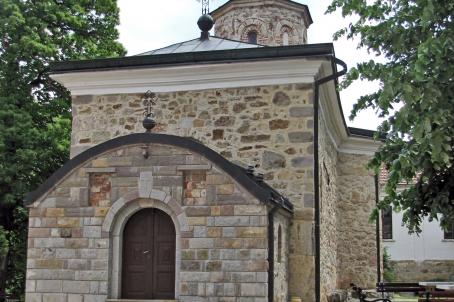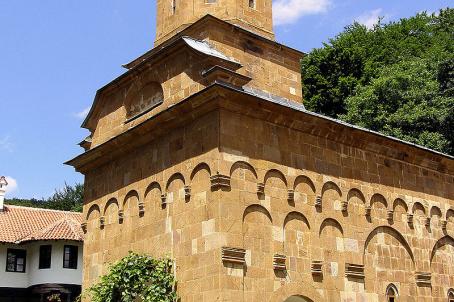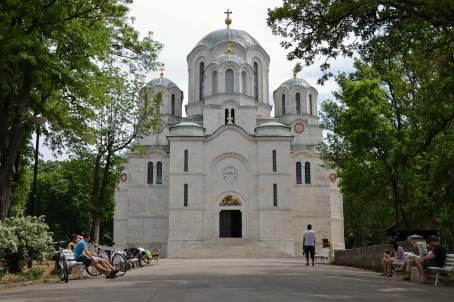Kragujevac Cathedral
Kragujevac Cathedral was the first church built in the Byzantine Romanesque style in newly independent Serbia (1878). It was built in stone and brick between 1869 and 1884 according to Andreja's design Andrejević. The project, as well as the building itself, was carried out in the spirit of the Russian National School, which, together with the Serbian style of the time, was an introduction to the Serbian-Byzantine concept according to the recipe of the Hanseatic school.






